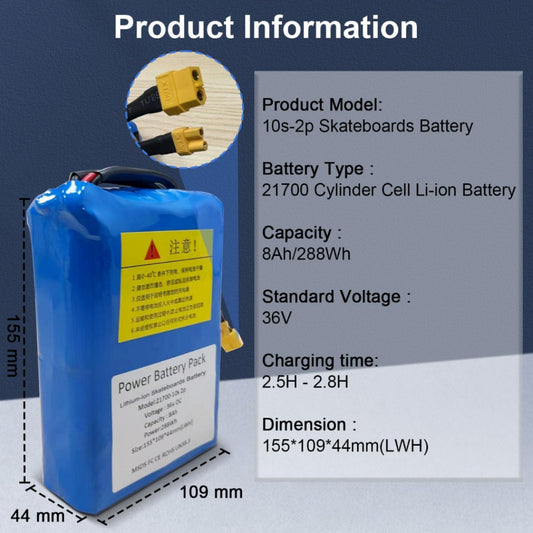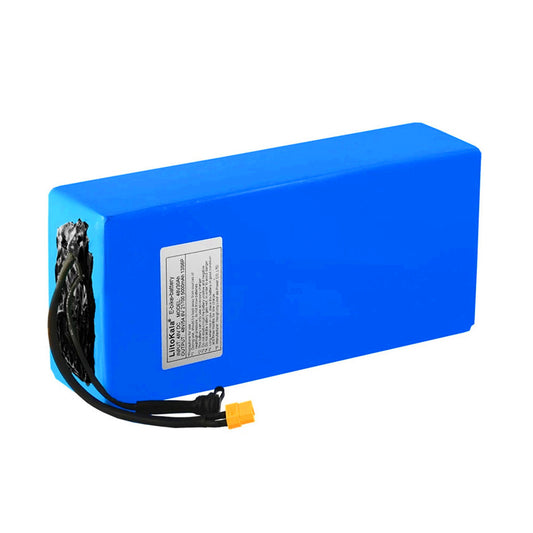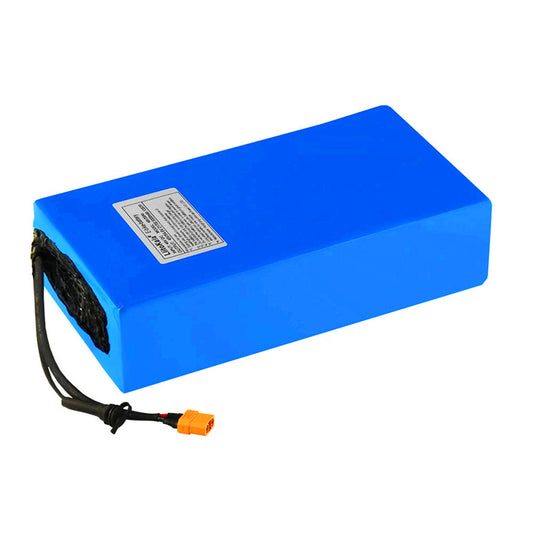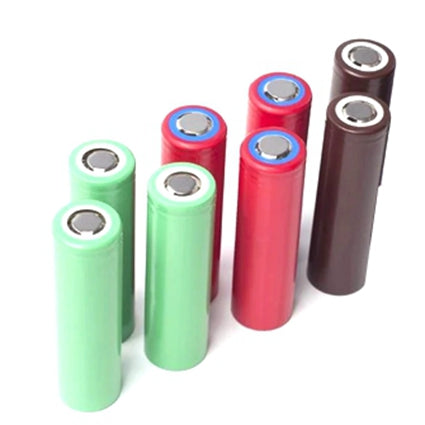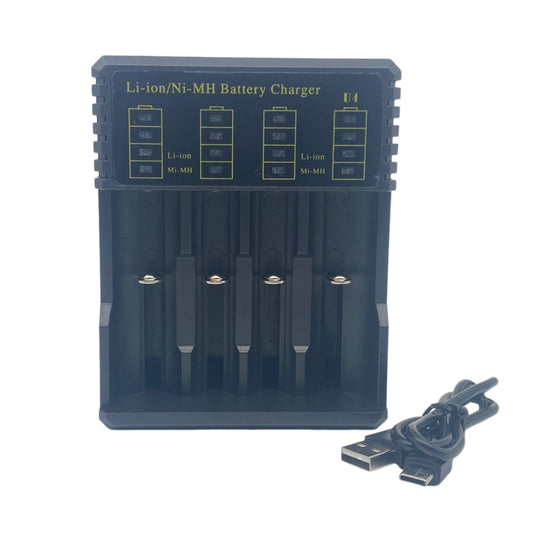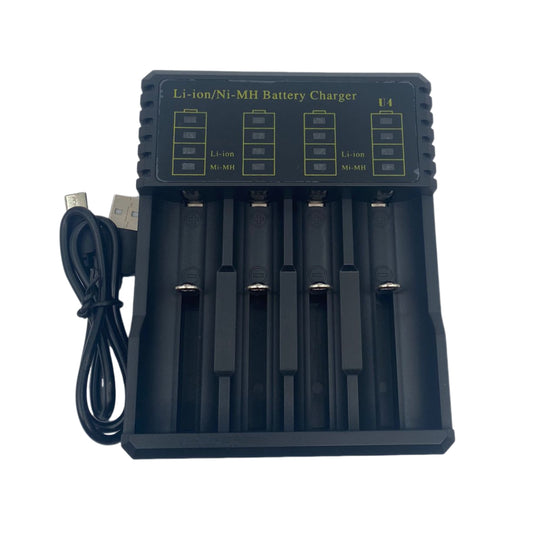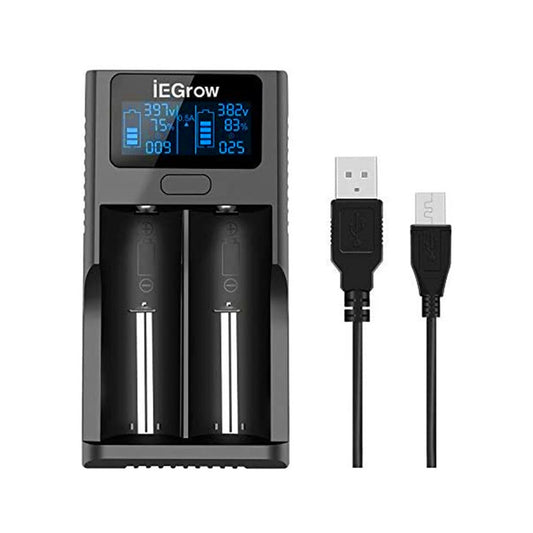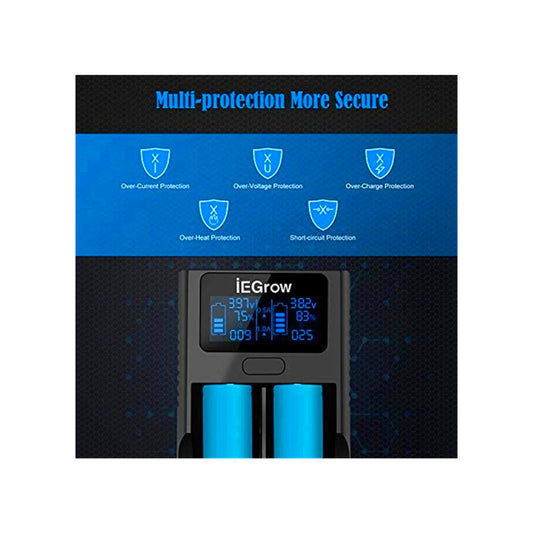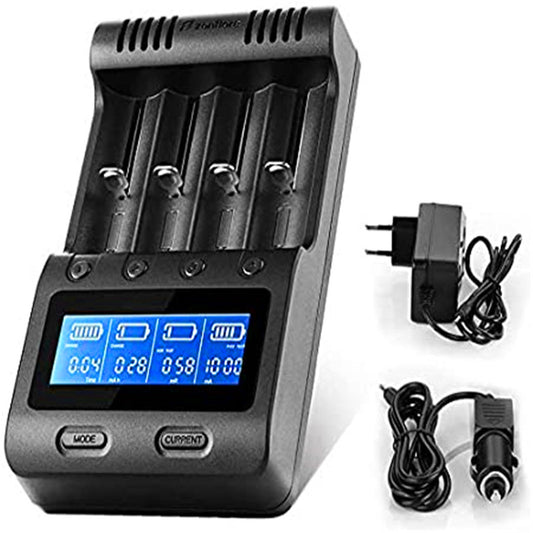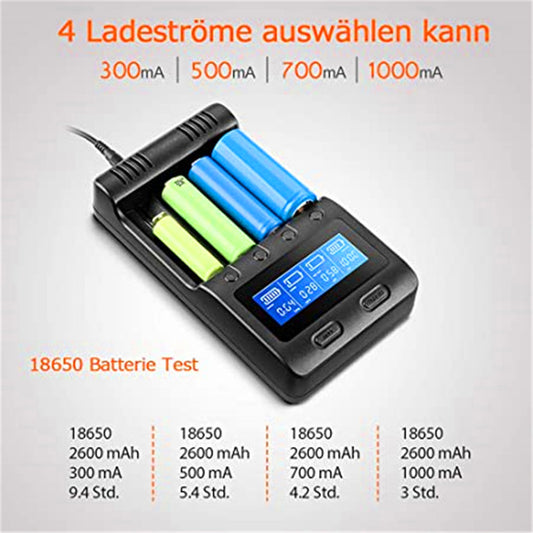Converting your traditional bike into an e-bike is a practical way to boost your ride, making it faster, easier, and more efficient. Let's explore how you can make this exciting upgrade a reality.
What Types of Conversion Kits Are Best for You?
When converting your bike into an e-bike, you'll need to pick the right conversion kit that suits your needs. Here's the simple guide so you can easily decide what’s best for your ride.
Hub Motor Kits
Hub motor kits are ideal for beginners and everyday riders. These kits include a motor for either the front or rear wheel, a battery, and a controller to manage power. The motor directly drives the wheel, providing a smooth boost as you ride. They’re perfect for commuting or cruising on flat roads, and they’re relatively easy to install and maintain, especially when paired with a reliable 36v ebike battery.
They’re perfect for commuting or cruising on flat roads, and they’re relatively easy to install and maintain.
Mid-Drive Motor Kits
If you want more power and control, consider a mid-drive kit. These kits feature a motor mounted near the pedals, powering the drivetrain instead of the wheels. This setup allows you to use your bike’s gears, making it easier to climb hills and handle tough terrain.
Mid-drive kits are great for hilly areas and off-road biking but require more maintenance. If performance matters, this is a solid choice.
All-in-One Wheel Kits
For a simple solution, all-in-one wheel kits are hard to beat. These kits have the motor, battery, and controller integrated into a single wheel, allowing you to swap it with your current wheel. This option is one of the easiest to install, with no need for complicated wiring.
It’s ideal for city riders looking for a hassle-free upgrade—just switch the wheel, and you’re ready to ride.
Friction Drive Kits
Friction drive kits offer a straightforward approach, using a motor that presses against the tire to provide power. They are easy to install and can fit a variety of bike types.
While they may not offer the same efficiency as other kits, they can be a budget-friendly option for casual riders looking for a little extra boost.
Pedal-Assist Kits
Pedal-assist kits are great for riders who want to do some of the work. These kits feature sensors that detect your pedaling and provide a boost to make riding easier, especially on hills or during long rides. They’re perfect for those who enjoy the workout but want a little extra help.
Battery Upgrade Kits (Optional but Highly Recommended)
Upgrading to a higher-capacity e-bike battery can greatly enhance performance and range. A standard 36V 10Ah battery offers about 360 watt-hours (Wh) for 20-35 miles per charge, while a 48V 14Ah battery provides 672Wh, boosting your range to 40-60 miles. This upgrade is ideal for longer trips and steep hills, reducing the need for frequent charging. Investing in batteries for electric bikes can make a significant difference in your riding experience.

How to Convert Your Bike to an E-Bike in 7 Steps?
Converting your bike to an e-bike might sound complicated, but it’s actually pretty straightforward if you follow the right steps.
Step 1: Choose the Right Conversion Kit
The first step is picking the conversion kit that best fits your needs. The most important is that making sure your kit includes all the necessary components: the motor, battery, controller, and throttle (if applicable).
Step 2: Remove the Bike Components
This typically includes taking off one of the wheels for installing a hub motor or all-in-one wheel kit, and the crankset for installing a mid-drive motor. You’ll also need some space on your handlebars for the throttle or any display the kit comes with.
Step 3: Install the Motor
Depending on your kit, you’ll either be installing the motor into the front or rear wheel, or attaching it to the frame near the pedals.
If you're using a hub motor kit, this step usually involves replacing your bike’s current wheel with the motorized one.
Step 4: Mount the Battery
The battery is typically mounted on the bike’s frame, either on the downtube or rear rack. Make sure it's secure, as the battery is one of the heaviest components.
Some conversion kits even allow you to choose where to mount the battery for better balance and handling.
Step 5: Connect the Electrical Components
This usually involves plugging the motor into the battery and connecting the controller to both. Some kits come with a display unit that shows you information like speed, battery life, and power output, which you'll also need to attach.
Step 6: Install the Throttle or Pedal Assist Sensor
If your kit includes a throttle, you'll need to install it on your handlebars, typically near the grips.
A pedal-assist kit, on the other hand, uses sensors attached to your bike’s crankset.
Step 7: Test and Adjust
Once everything is installed, it's time to test your new e-bike. Turn on the system, check that the motor engages smoothly, and make sure the battery is fully charged. If the motor feels jerky or you’re not getting enough power, you might need to adjust the settings in the controller.
How Much Does It Cost to Convert a Bike to an E-Bike?
In most cases, you're looking at spending from $500 to $2,000 to convert your bike to an e-bike. Now, let’s break down where that money goes.
-
A Basic Hub Motor Kit includes a motor, controller, and throttle, and costs between $300 to $700.
-
A Mid-Drive Motor Kit comes with a motor mounted near the pedals, a controller, and a throttle, priced around $600 to $1,500.
-
An All-in-One Wheel Kit integrates the motor, battery, and controller into a single wheel, and typically costs $400 to $900.
-
A Friction Drive Kit features a motor that presses against the tire, along with a controller, costing about $200 to $500.
-
Battery Costs: A standard 36V battery costs between $200 to $500, while a high-capacity 48V battery ranges from $500 to $900.
-
Additional Costs: Professional installation, if needed, usually adds $100 to $200, and any extra tools or accessories are often included in the kit.
Why Convert Your Bike to an E-Bike?
There are several compelling reasons to convert your traditional bike into an e-bike:
Cost Savings
Converting your bike costs around $500 to $2,000, far less than buying a new e-bike, which often starts at $2,000.
Extended Range with Less Effort
An electric motor helps you cover longer distances and tackle hills with ease, reducing physical strain while keeping the fun of cycling.
Eco-Friendly Commuting
E-bikes offer a greener, energy-efficient alternative to cars, making your daily commute more sustainable.
Customization
Conversion kits let you choose a motor and battery that fit your riding style—whether for commuting, exercise, or leisure.
Health Benefits
Enjoy the option to pedal for exercise or rely on the motor when needed, giving you the best of both worlds.

Can You Convert Any Regular Bike to an E-Bike?
In most cases, yes. You can convert nearly any regular bike into an e-bike, but consider these key factors:
Frame Compatibility: Ensure your bike frame has enough space for the motor and battery. Aluminum or steel frames work best, while carbon fiber may not handle the extra weight well.
Brake Type
Bikes with disc brakes are preferred for stronger stopping power, essential for added speed. Rim brakes can be used but might require upgrades.
Wheel Size
Most conversion kits fit standard wheel sizes (26”, 27.5”, or 29”), so verify that your bike matches the kit specifications.
Suspension
Both rigid and suspension bikes can be converted, but full-suspension bikes may need more complex installation, especially for battery placement.
Weight Capacity
E-bike conversions add about 15-25 pounds (motor and battery), so ensure your bike can safely handle this additional weight without compromising comfort.
Do E-Bike Conversion Kits Affect the Bike's Warranty or Legal Status?
When considering a conversion kit, it’s essential to understand how it may impact your bike's warranty and legal status.
Warranty Implications
Converting your bike often voids the manufacturer’s warranty, especially if the modification damages the frame or components. Check your warranty terms before proceeding.
Legal Considerations
E-bike regulations vary by state and country. Most places require that converted bikes meet specific criteria, like a maximum speed of 20 mph and motor power under 750W. Ensure your bike complies with local laws.
Insurance Factors
Inform your insurance provider about the conversion, as it may change your coverage or premiums.
Convert Your Old Bike Into Electric Bike Now
Converting your traditional bike into an e-bike is a practical way to boost your ride, making it faster, easier, and more efficient. Consider looking for e-bike lithium batteries for sale to ensure you get the best performance and longevity from your new setup.
Read More:
Understanding What are E-bikes and How E-bikes Work
How Fast Can an Electric Bike Go? Boost Your E-bike with Expert Tips!



